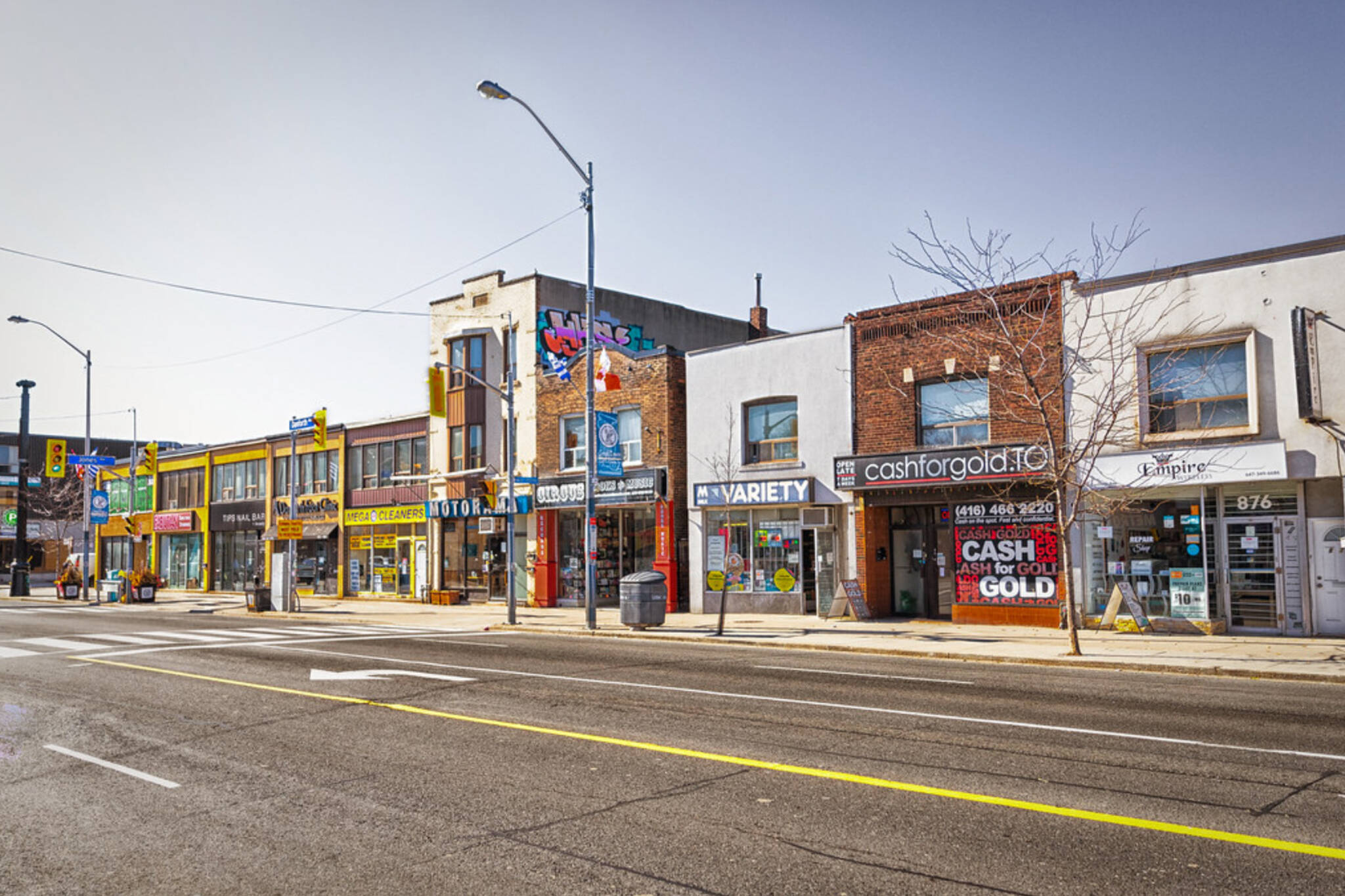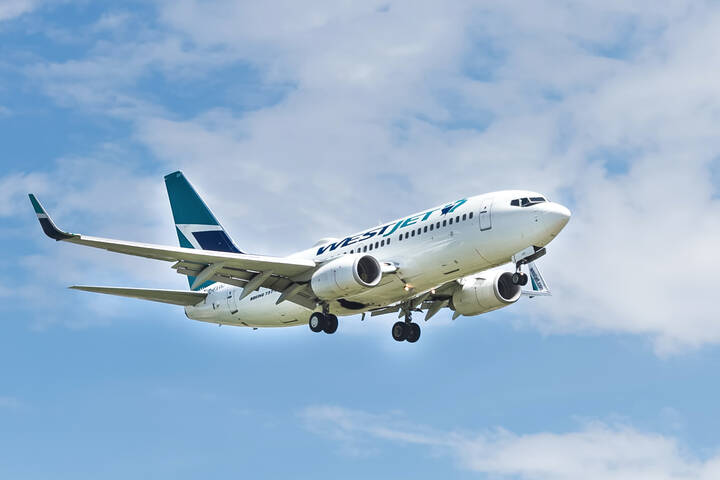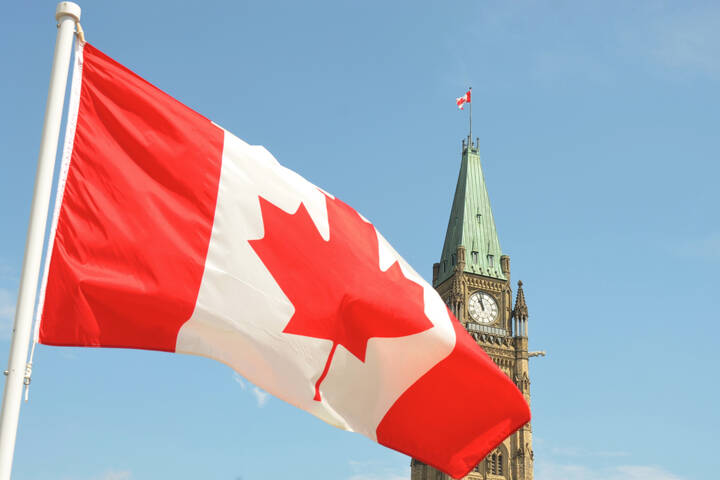
Canada just released criteria that a province should meet before reopening its economy
Canada just released definitive criteria that a province or territory should meet before reopening its economy, and there are seven requirements on the list.
On Tuesday, Prime Minister Justin Trudeau announced that the federal, provincial, and territorial governments have come to an agreement on a set of common principles for restarting the Canadian economy.
The guidelines are based on the expert opinion of scientists and "will be informed by experiences in other countries in Asia, Europe, and around the world."
You want to know when things will get back to normal - when you can go back to work or see your friends again. That’s why we’ve worked with the provinces and territories to reach an agreement on shared principles for gradually and carefully restarting the economy.
— Justin Trudeau (@JustinTrudeau) April 28, 2020
The "criteria and measures" that need to be in place in order for a province to restart its economy are as follows:
COVID-19 transmission is controlled
The number of new COVID-19 cases in a province must be at a level that health care systems can manage.
There must be a stabilisation in the number of hospitalisations, with the possible exception of isolated outbreaks.
Sufficient testing in place
The province must have testing and contact tracing in place, so that suspected COVID-19 cases are detected quickly. All close contacts of those cases must be traced, quarantined, and monitored.
Expanded health care capacity
The province's health care system should be able to support all needs. They should have surge capacity in case of future COVID-19 outbreaks, and other means (e.g. virtual care) to support those seeking healthcare during the pandemic.
Provinces should also have services in place to procure personal protective equipment, drugs, and other medical supplies — particularly to ensure that there's an adequate supply in case of a resurgence of the virus.
Supports for vulnerable groups
A province must have sustained measures in place to protect vulnerable groups and communities.
Those groups include seniors, residents of group living facilities, workers in close quarters, inmates, homeless people, and Indigenous people and those living in remote locations, along with health care workers and other essential workers.
Workplace preventative measures
To prevent the spread of COVID-19 in the workplace, a province must have protocols in place.
Those protocols can include administrative controls, hand hygiene, environmental cleaning, and access to personal protective equipment where physical distancing is not possible.
Avoiding risk of importation
A province must avoid the "importation" of the virus.
The province can slowly ease restrictions on non-essential domestic travel, but the reopening of international borders and access for non-Canadian residents may only happen in later stages.
Engage and support
Provincial governments must support communities in managing local disease activity, including at childcare centres, schools, and public transportation.
Our response to the #COVID19 pandemic is a real #TeamCanada effort. Thank you to the Council of the Federation and @PremierScottMoe for your hard work & great collaboration. Let’s be careful not to squander the gains we have achieved together at such a great price. #CdnPoli https://t.co/3grCIJvNx6
— Chrystia Freeland (@cafreeland) April 28, 2020
In his statement, Trudeau emphasized the importance of opening the economy "through a gradual approach" that protects the health of Canadians, particularly those that are most at risk.
"Our priority is keeping all Canadians safe, while getting back to normal as much as we can," Trudeau said. "Together, we will continue to work collaboratively to keep Canadians safe and healthy, and protect our economy."
Several Canadian provinces have already released plans to reopen their economies over the past week, including Quebec, Ontario, New Brunswick and Saskatchewan.
A Great Capture
Latest Videos
Join the conversation Load comments







